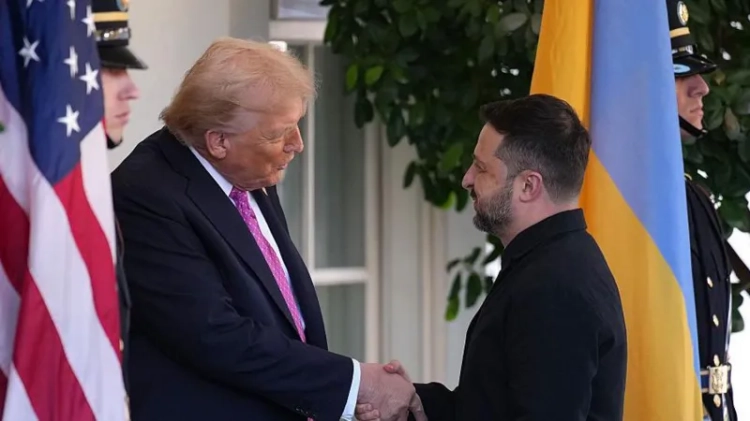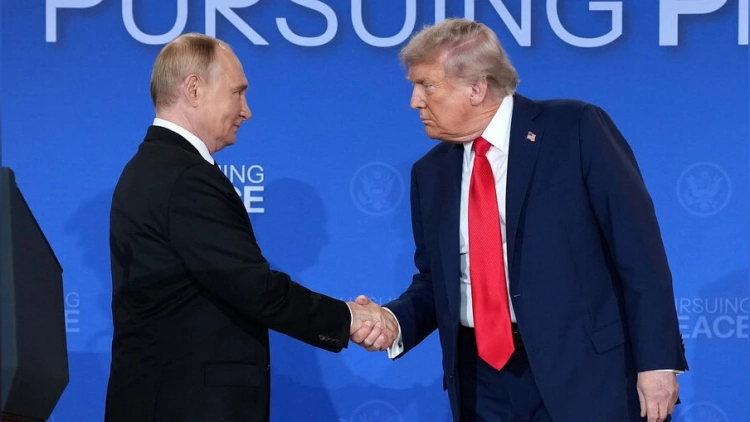
Last week, an exhibition of easel painting titled "Karash 2" took place in Bishkek, featuring works by two local artists - Baidilda Arykov and Jumabek Bazarbaev. The correspondent of "AiF" managed to learn details about the new exhibition and why an artist should not create to please the public.
- According to Gamal Bokonbaev, the curator of the exhibition, the paintings presented at the exhibition are primarily works tied to contemporary times, political and social life. Was this the initial guideline set for the participants?
- We consciously strive to reflect the currents of our time in our work, evaluating certain events starting from 2013. Gamal Bokonbaev is a professional art historian. Before embarking on any new project with artists, we first discuss the theme with him - what we will write about, sharing our thoughts on various topics. At the same time, each of the 12 artists, while working on a single idea, maintained their unique individual style. In this format, the exhibition "Karash 1" took place in 2013. Then there was an exhibition called "Mountain Echo," where both my works and those of Baidilda Arykov and Erkin Beishenov were presented to the audience. They were created in Chon-Kemin and Luxembourg. For the exhibits of the "Karash 2" exhibition, Arykov and I worked together. I should note that it is very difficult for artists now. People's demands for painting have changed. Clients prefer "polished" works. Among artists, we call them salon works. Unfortunately, those paintings that contain some personal ideas and deep artistic concepts do not attract public interest. Many creative individuals feel disheartened.
- What do the so-called salon works represent?
- This is exactly what you can see in the gallery near the Ala-Too cinema - mountain landscapes, yurts, horses, birches, etc. Here, almost nothing is required from the artist. It is enough to redraw a landscape from a postcard, and the painting is ready. There is usually no talk of working from life. Naturally, there can be no thought or idea in such works. In recent years, I have observed that paintings of this type have been in the highest demand among Kyrgyzstanis and guests of the capital. However, since last year, people have started buying something more complex. Apparently, the accumulation of salon works has become tiresome for everyone. I even notice how my relatives and acquaintances have started to re-gift "masterpieces" of this kind. I was initially against this gallery because artists have completely lowered their prices here. In doing so, they have lost their authority. A painting has its own specific value, which includes payment for materials, time spent, and labor. Therefore, the price for a painting should be appropriate. Even if it doesn't sell immediately, as practice shows, its time will surely come, and the painting will find a owner. We have a rather small country with few masters. Imagine, there are only 500 active artists for the entire republic. If each of them worked creatively, perhaps we would be treated differently.
- Jumabek, the success of a creative individual is often assessed by criteria such as fame and financial well-being. How do domestic masters of the brush fit into this definition?
- Representatives of this profession are currently having a very hard time. About 70 percent of artists in our country live in poverty. Many who choose to study art do so out of a calling. Most have no financial support. They want to paint, but lack canvases, stretchers, and paints. Prices for all consumables are high. An artist always has to sacrifice something. The main thing is not to stop; it is necessary to work, paint, and participate in all projects and exhibitions. Personally, until 2005, I was forced to go to Korea for work, but at the same time, to avoid wasting time, I studied graphics there and became an apprentice to Korean masters. Therefore, I believe that if one tries very hard, it is possible to cope with financial hardships. Lazy artists often justify their inability to work by the lack of money. So what now, should everyone sit idle? Our theater and ballet artists also receive meager salaries, but they go to rehearsals every day and perform. Art has never come easily. From creating something beautiful, from demonstrating it to people, we derive immense pleasure. Not everyone can paint, play a musical instrument, or dance. This is a gift, a divine blessing. And even if we are not so wealthy, do not have personal transportation or large houses, we have the opportunity to share beauty with the world around us. Many paintings outlive their creators, passing from generation to generation.
- Tell us what inspires you to create paintings?
- I will give you the most interesting example. We often go with other artists to the mountains to paint studies, where we are alone with nature. We work until the sun sets and then relax - breathing in the fresh air, going fishing. In the evening, you look at your creations and are amazed that in just four hours you have created two good pieces. This is the beauty of being an artist. And the fact that we are struggling financially is not scary. Spiritual wealth is much more important.
- In your opinion, can art influence the events happening in the country?
- I am convinced that it can. Many artists, especially evident in the works of the 19th century, constantly pointed out various problems of the time, social injustice. Let's remember Van Gogh's work "The Potato Eaters," in which he depicted how peasants lived. And I regret that our artists do not often reflect significant problems for Kyrgyzstan in their work. It would be possible to address the theme of "colored" revolutions. It wouldn't necessarily have to depict a bloody square; it could be done much more gently, for example, like Picasso in his "Guernica."
Jumabek Bazarbaevich Bazarbaev is a member of the Union of Artists of the Kyrgyz Republic. He was born on June 28, 1962, in the city of Tokmak. He graduated from the Chuykov Kyrgyz State Art College and then from the Art and Graphics Faculty of the Kyrgyz State Pedagogical Institute in Przhevalsk. Since 1985, he has participated in republican and international exhibitions. Bazarbaev is the only artist in Kyrgyzstan who works in the "Saa-Kun-Zha" technique. He underwent a three-year internship in calligraphy and graphics with masters Kim Men Jin and Kim Chong Kuk in South Korea.



































